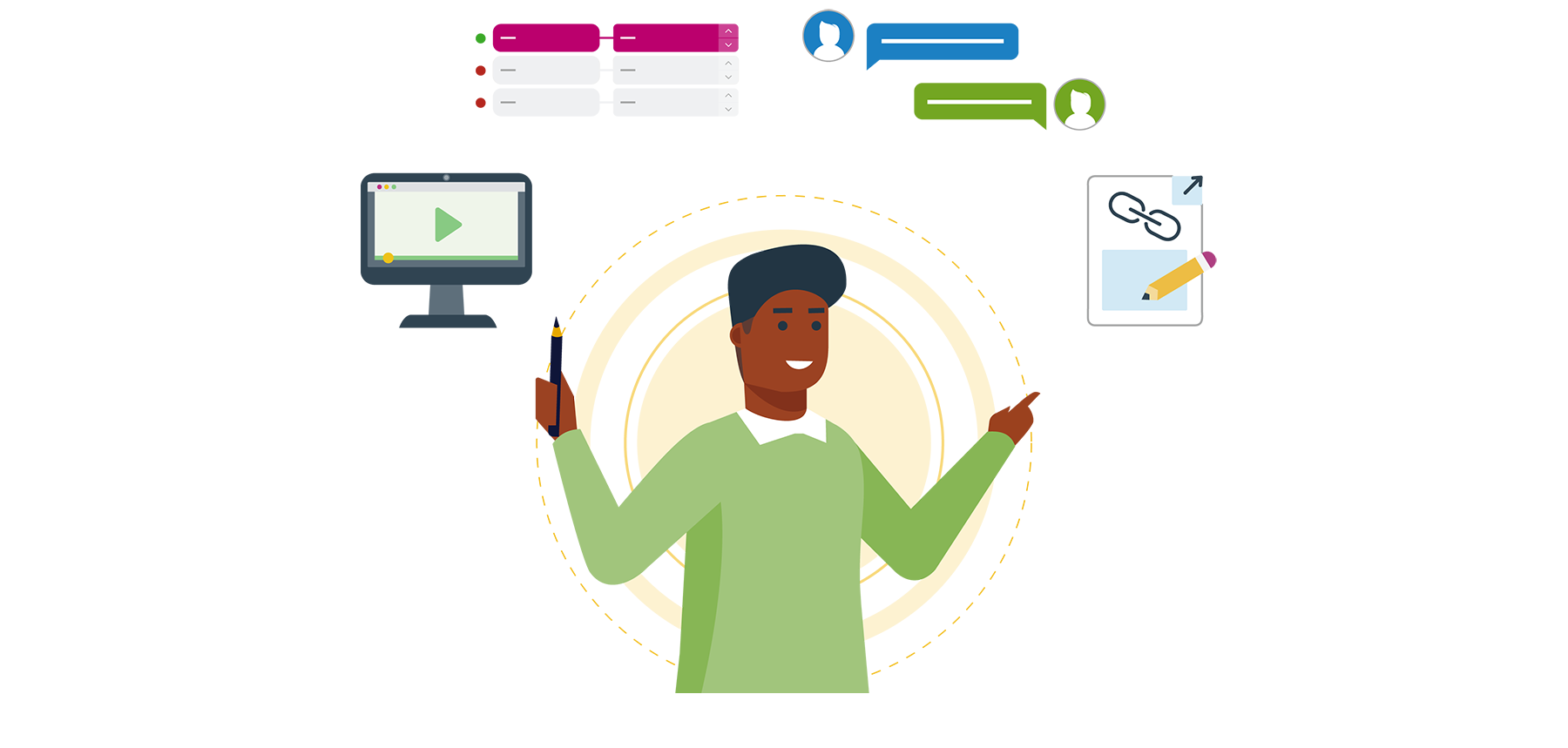There are many things about learning face-to-face that seem to make it more engaging than learning online. When you’re face-to-face, you get not only to listen to what your teacher has to say, but also to answer them, receive feedback and ask questions. There’s something about this give and take relationship that makes it seem much easier to grasp and pay attention to the information being given in face-to-face learning than in eLearning.
But is two-way learning exclusive to a physical classroom? Or is there a space for interactivity in eLearning?
But before we go into how we can create really engaging, interactive digital content, let’s be clear on what we mean when we talk about interactive learning.
Interaction means that two or more entities perform actions that impact each other (the word literally means ‘between action’, as in, actions between different entities). Thus, interactive eLearning is that which involves both the learner and the learning platform behaving in ways that have an impact on each other. The main goal of interactive eLearning is to provide the kind of experience that creates a change in the learner’s behaviour or mindset through the learner’s actions.
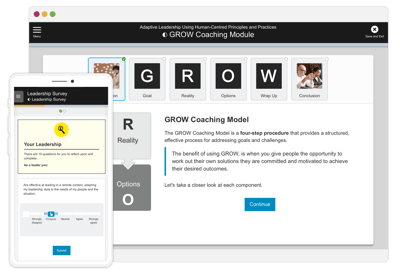
But not only can interactive eLearning have a more meaningful impact on the learner than passive eLearning, it has the benefit of being vastly more engaging too. By transitioning the learner from a passive observer to an active participant in what they are learning, they are far more likely to maintain their focus and pay attention to the content itself.
This sounds pretty good, right? But it’s important to remember that interactive content will only be effective if it is done well. Conducted poorly, interactive eLearning can actually have the opposite effect by being distracting, laborious, or simply giving the illusion of interaction.
So, on that note, let’s take some time to look at some things you can do to make sure your interactive content has the best effect it can.
Freedom to explore
Believe it or not, some interactive learning isn’t really interactive at all. Sometimes, people build eLearning that only resembles interactivity, but the learner’s actions don’t have any real impact on their experience. Just as a small example, having a question that involves what would seem to be an important decision on behalf of the leaner, but giving them generic feedback no matter what option they choose. This kind of illusory interaction might seem better than nothing, but it risks making the learner feel cheated and once again put them in the position of a passive recipient rather than a participant.
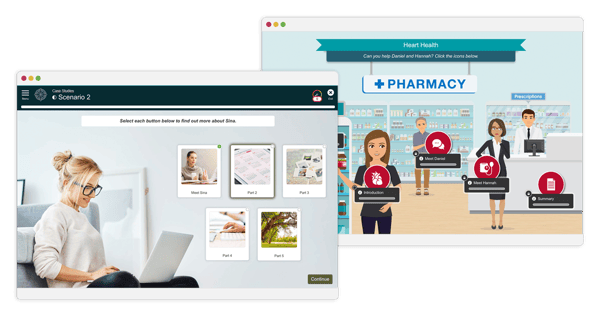
This is why it’s important to give the learner some freedom to explore within their eLearning experience. Providing optional resources for the learner access (such as hyperlinks to websites that can tell them more about the subject) or engaging them in scenarios where their decisions have a real impact on the outcome allows the learner to exercise some agency in the learning process. This will engage their attention and motivate them to learn more.
Use reality
The main purpose of most eLearning is to create a change in the learner’s behaviour or mindset that impacts how they relate to or interact with the real world. So, using realistic situations in your interactive learning is one of the best ways of accomplishing that goal.
This is called scenario-based learning (SBL), where you present the learner with a situation similar to one they may have to encounter in real life and encourage them to actively engage with the scenario by answering questions, making decisions and receiving meaningful feedback tailored to the choices they make. This can be a great way of keeping the learner engaged and helping them practise the skills they will need to apply in reality. Allowing them to interact with eLearning that resembles the real world will help them to interact appropriately with the real world itself.
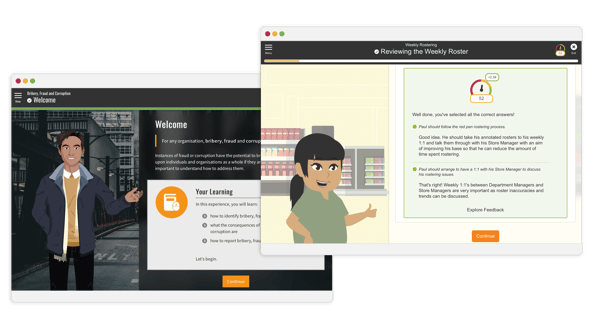
Integrate knowledge tests
One of the most intuitive ways to test whether a learner has actually acquired the information you want them to is to use quizzes or assessments to gauge their knowledge.
Much like scenario-based learning, integrating assessments into your eLearning creates an engaging experience and allows the learner to apply the knowledge they have received throughout the experience. They don’t just have to be your typical multiple-choice questions, either—you can have questions that involve matching the right answers together, or putting steps in the correct order, etc. Including these knowledge tests throughout a learning experience can be a great way to break up heavy content and help maintain the learner’s attention.
Add collaboration
Interactivity in eLearning doesn’t need to just mean interactivity between the learner and the online experience—an interaction between the learners themselves can just as, if not more, engaging.
This won’t be possible in all learning experiences, but where some sort of discussion board or online forum is available, encouraging collaboration between learners is an incredible way to keep them interested as well as give them an opportunity to explore and research for themselves. These sorts of interactions also have the added benefits of improving communication skills and teamwork, which is useful in pretty much any context.
Make it pretty
It might seem like a minor point, but aesthetics can make a genuine difference to how a person engages with something.
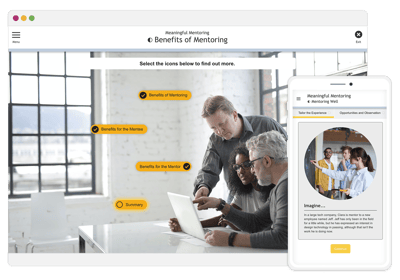
Think about it: you’re far more likely to read an advertisement with colour and images than you are to read one that’s just a block of text on a plain page. Humans are very visual creatures; we naturally pay more attention to things that please us visually. eLearning is no different. Giving your learning experience a nice design can go a long way to holding your learners’ attention.
These are just a few small things you can do to ensure the best possible integration of interactive content in your eLearning and provide an interesting and meaningful experience to your learners that has a real impact on their lives.

.png)

